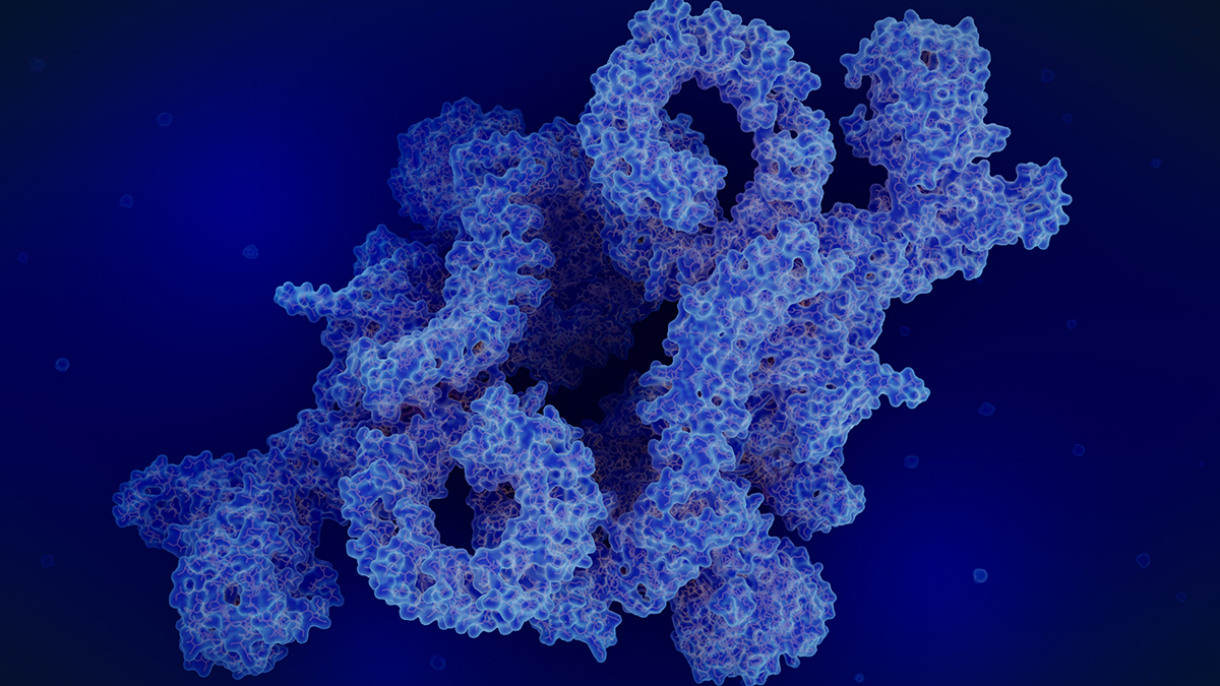PROVIDENCE, R.I. [Brown University] — Interrupting one function of a protein that plays a key role in cell signaling could enable the development of new cancer treatments, according to a study led by Dr. Martin Taylor at the Warren…
New discovery in cancer signaling reveals a potential path to more effective cancer drugs
